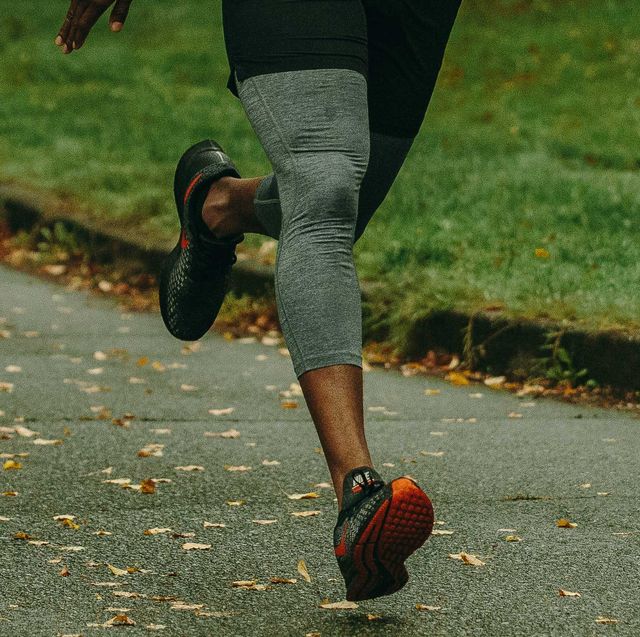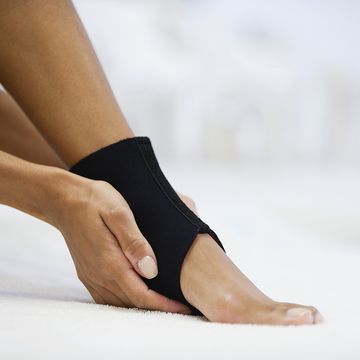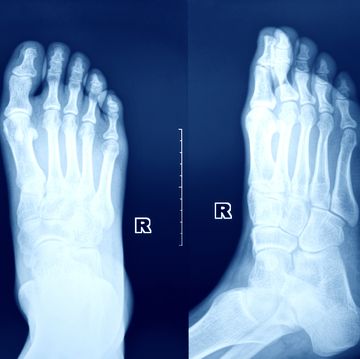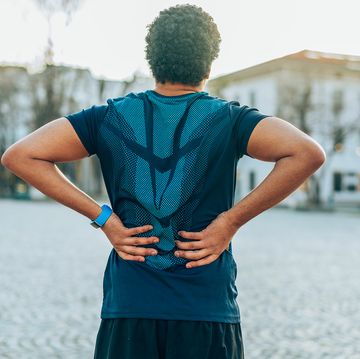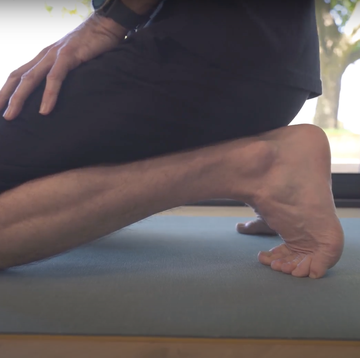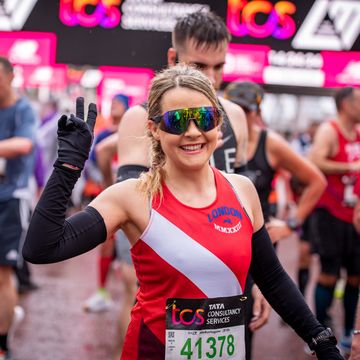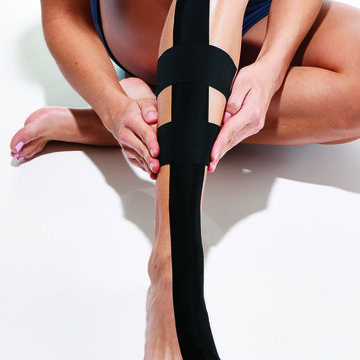One of the most frequent questions I’m asked by runners is this: 'How should my foot land on the ground?' In the wake of the previous decade’s barefoot/minimal shoe movement, people continue to emphasise certain foot strikes over others, with heel striking being the primary 'other' in these discussions.
Claims are often made about how certain foot strikes can help to prevent injury and improve speed and running efficiency, and how some are more 'natural' than others.
But, as with most universal claims in running, there’s a great deal of misinformation here. So, let’s dig into the facts about foot strikes.
The ways you land
The three main types of foot strikes are heel, midfoot and forefoot. Those whose feet first make contact with the ground at the rear part (heel) are known as heel strikers. Those whose front and rear part of the feet land at the same time are known as midfoot strikers. (Whether or not midfoot strikers exist is a matter of debate – most researchers contend that there’s always a bias toward one end of the foot at landing). And those whose feet first make contact with the ground at the front part of the foot (forefoot) are known as forefoot strikers.
Research shows that the majority of distance runners are heel strikers. For example, a study to determine the prevalence of heel striking in a mid-size city marathon found that 93% were heel strikers. This may be because heel striking has been found to be more energy-efficient at slow to medium speeds.
Sprinters, on the other hand, tend to land further forward. As speed changes dramatically, there is often, but not always, a change in foot strike. This makes sense given that a rearfoot strike has too much ground contact time and sprint efforts are so short that energy efficiency isn’t an issue.
Different types, but not different rates of injury
There’s no valid current evidence to suggest that injury rates are different among foot strikes. In fact, the only thing associated with greater injury risk is trying to actively change your foot strike too quickly.
There are differences in injury types and locations among foot strikes, though – each one places different loads onto different parts of the body. Forefoot striking has been associated with greater loads through the Achilles tendon, calf, ankle joints and forefoot, and therefore a greater risk of injury in those areas. Rearfoot strikers demonstrate increased load through the patellar tendon, knee and hip and have a greater risk of injury at those respective locations.
Each type also uses and stresses joints to different degrees. Forefoot strikers use more joint movement through the ankle, with far less movement through the knee and hip. Heel strikers use less ankle motion, with far more motion through the knee and hip. Different or changing foot strikes don’t change load – they simply shift it elsewhere. The same can be said of injuries. Injury risk isn’t reduced by a different foot strike, but simply moved to different body parts.
Yes, elite distance runners are heel strikers too
A commonly held belief is that most elite runners land on their forefoot. While this is true for sprinters, evidence shows that foot strike varies among elite distance runners, with the highest percentage, in fact, being heel strikers. There’s even some anecdotal evidence that the best runners in the world are proficient at using all different types of foot strike, depending on terrain, fatigue and other factors.
Mechanics of heel striking
Landing heel-first may be efficient for many reasons. The heel bone, also known as the calcaneus, is naturally curved. This curve allows for an efficient roll forward during a heel-first contact – a phenomenon known as the heel rocker of the foot.
Those who land forefoot-first, then, miss out on appropriately using the heel rocker. But, they do get a boost from the elasticity of loading their calves like a spring, although that does take a high amount of energy.
Therefore, neither foot strikes are necessarily good or bad – each just have their own pros and cons.
Wearing different types of running shoes
It's often claimed that everyone who switches from traditional running shoes to more minimalist footwear immediately begins forefoot striking. However, studies have demonstrated that this isn’t true.
Additionally, anyone who has done a gait analysis or worked in a running store and watched people suddenly run barefoot knows how variable this response is. Those who run barefoot or in low-heel, light, minimalist shoes still tend to heel strike at a fairly high rate and have variable foot strikes, just like those wearing traditional shoes.
What most people do instead of switching their foot strike is shorten their stride and increase their step rate. Doing so decreases the impact with each foot strike. Changing step rate also changes the angle of inclination, or the angle of the foot relative to the ground. This has been suggested to be more important than foot strike, as even slight variations in the inclination angle during a heel strike has been shown to change impact forces.
Foot strike fallacies
The final point about foot strike is something that I run into often in my clinical practice. People will proudly proclaim that they’re midfoot or forefoot strikers. But, they’re often wrong. Studies and clinical experience have suggested repeatedly that runners have poor body sense when it comes to knowing what part of their foot hits the ground first. Even experienced runners have frequently been shown to be wrong about this.
In summary, having or changing to a midfoot or forefoot strike from a heel strike doesn’t improve running speed or economy in distance runners, doesn’t decrease impact forces and doesn’t lower injury risk. Again, injury rates among types of foot strikes aren’t different, but the areas that are at risk are. Heel strikers have a greater risk of injury at the knee and hip, while forefoot strikers have a greater risk of injury at the Achilles tendon, calf, ankle and foot.
There are far more effective ways to improve running performance than switching your foot strike. These include training intelligently, optimising your recovery, having appropriate strength, balance and alignment, wearing appropriate running shoes and eating and sleeping properly. So don’t worry – it’s okay to be a heel striker.
